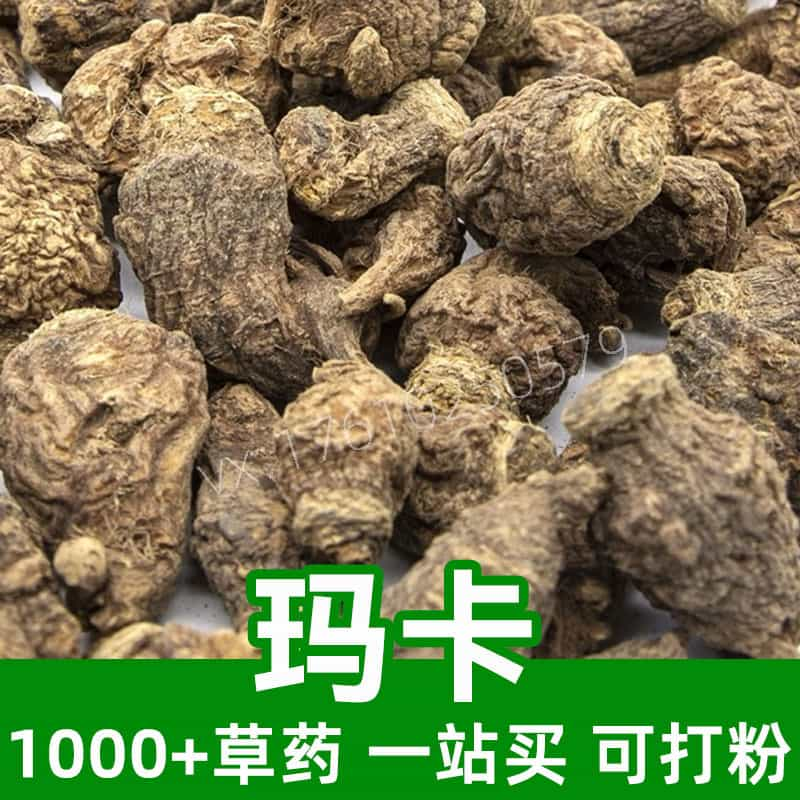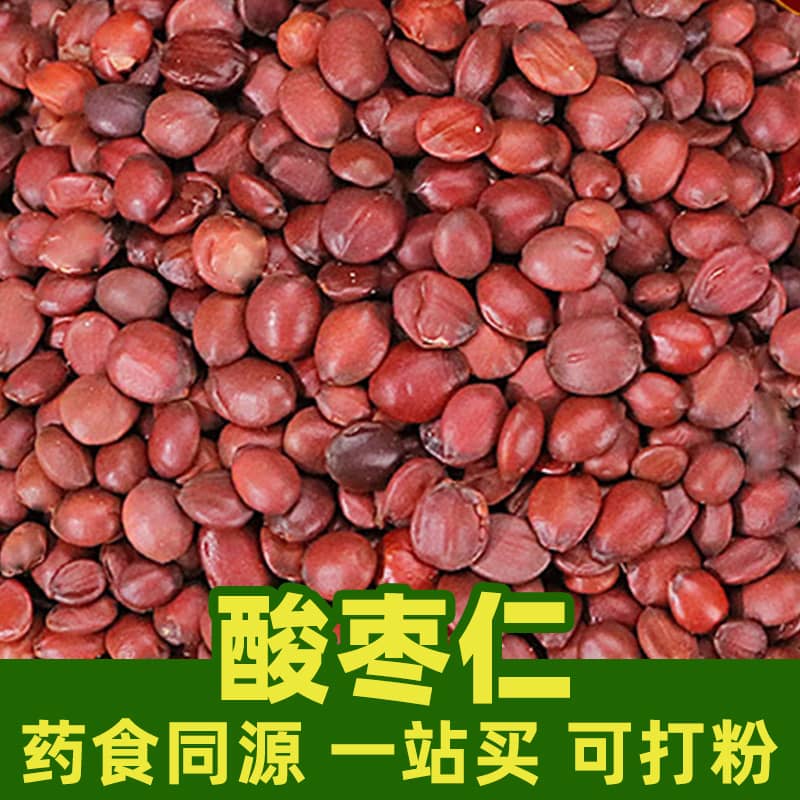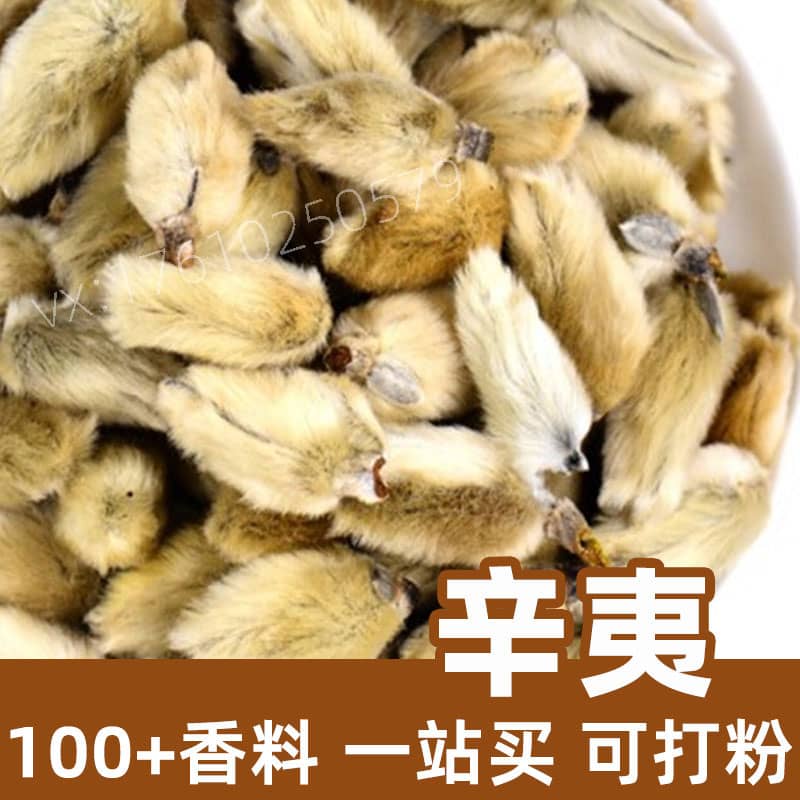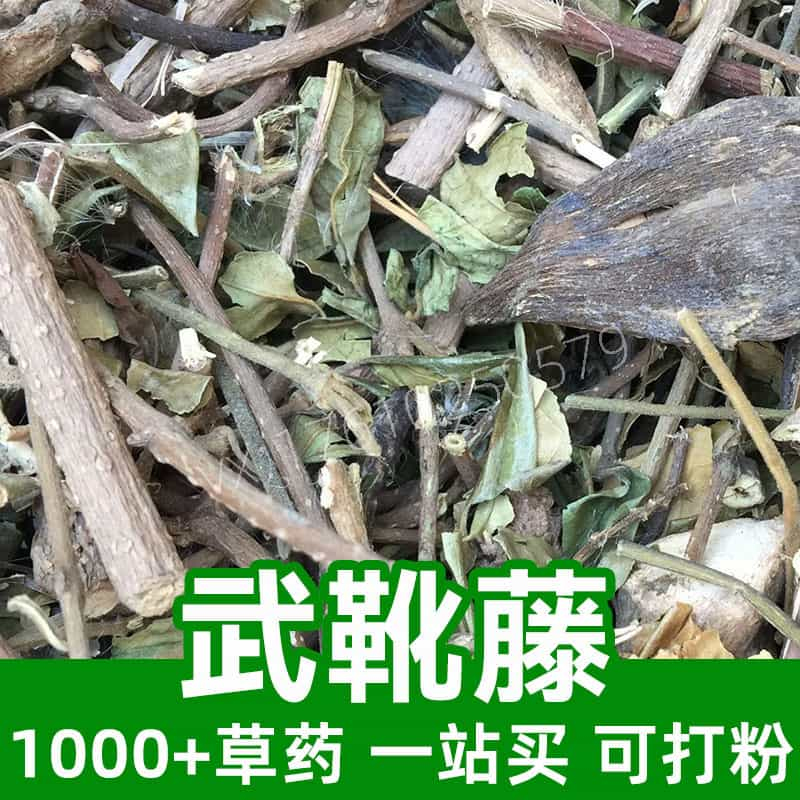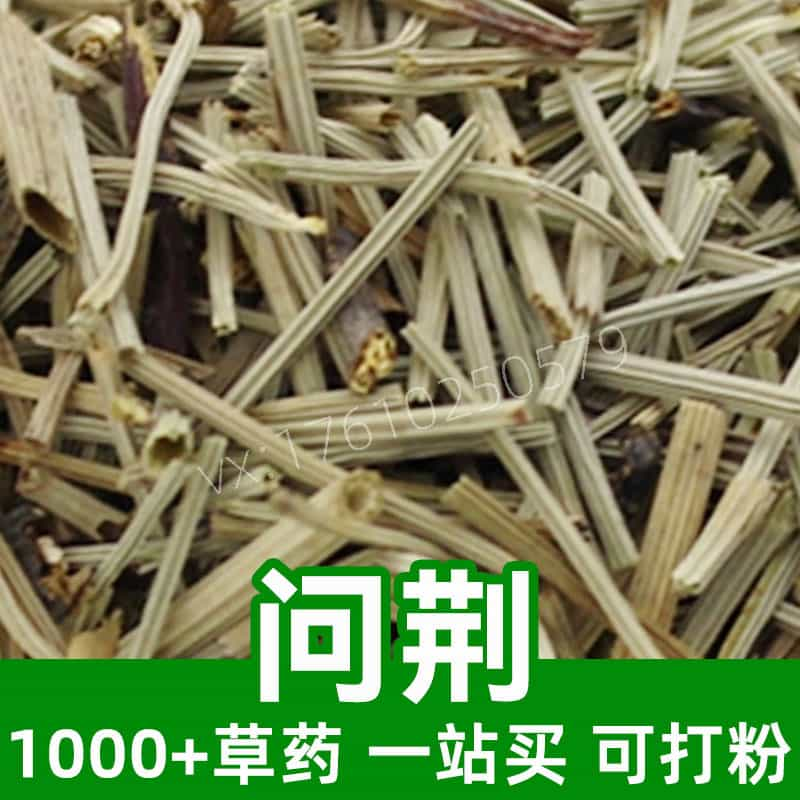Product Introduction
Lithocarpus Litseifolius Folium, commonly known as the Chinese Evergreen Oak Leaf, has long been a staple in traditional Chinese herbal medicine and culinary practices. This leaf is derived from the Lithocarpus litseifolius tree, a member of the beech family, native to subtropical and tropical regions of Asia, particularly in countries like China. The unique climatic conditions in these regions contribute to the rich phytochemical profile of the leaves.
The main components of Lithocarpus Litseifolius Folium consist of a variety of bioactive compounds, including polyphenols, flavonoids, and tannins, which play a significant role in its traditional uses. The leaves are often harvested for their robust flavor and have gained popularity as a natural ingredient in various dishes. Beyond culinary applications, this herb is also recognized for its potential beneficial properties within the framework of traditional Chinese medicine (TCM).
While specific health claims should be approached with caution, the rich composition of Lithocarpus Litseifolius Folium has led to its incorporation into various formulations meant to support general well-being. For those interested in exploring the depths of natural herbs, Lithocarpus Litseifolius Folium presents an intriguing subject with layers of history and culinary versatility.
Main Active Ingredients
Lithocarpus Litseifolius Folium contains a diverse array of bioactive compounds that contribute to its uses in both culinary and medicinal contexts. Among these, polyphenols stand out due to their antioxidant properties. These compounds are significant because they combat oxidative stress in the body, potentially supporting overall health.
Flavonoids, another major group of active ingredients found in this herb, are well-known for their anti-inflammatory and potential immune-boosting effects. The specific flavonoids present in Lithocarpus Litseifolius Folium may help in modulating immune responses, which is of particular interest in the fields of both food science and herbal medicine.
Tannins, which contribute to the astringent taste of the leaves, are also a noteworthy component. They have a history of use in TCM for their properties that can influence digestion and may serve as a natural preservative in food applications, adding both flavor and potential health benefits.
Essential oils extracted from the leaves contain various compounds that could provide aromatic and flavor-enhancing qualities, making them suitable for culinary use as well as aromatherapy. The unique interplay of these active ingredients not only gives Lithocarpus Litseifolius Folium its characteristic taste and aroma but also its traditional perception as a complex and valuable herb in various applications.
In summary, the main active ingredients of Lithocarpus Litseifolius Folium, namely polyphenols, flavonoids, tannins, and essential oils, work together to create a rich profile that supports its multifaceted role in traditional uses and contemporary culinary innovations.
Product Application Scenarios, Usage, and Dosage
Lithocarpus Litseifolius Folium finds applications in multiple scenarios, particularly within the realms of traditional Chinese medicine (TCM) and culinary arts. In TCM, this herb is often utilized for its purported digestive benefits, falling into the category of herbs that aid in clearing heat and dampness from the body. While specific dosages can vary based on individual needs and formulations, a common approach in herbal teas might involve steeping about 3-5 grams of dried leaves in boiling water for 10-15 minutes. This can be consumed once or twice a day, although consulting with a qualified herbalist is recommended for personalized advice.
In the kitchen, Lithocarpus Litseifolius Folium is appreciated for its unique flavor profile, which complements various dishes. It may be incorporated into soups, broths, or as an aromatic addition to stir-fries, bringing both savory elements and potential wellness attributes to meals. The leaves can be used fresh or dried, and when dried, they retain their astringency and flavor, making them a versatile ingredient.
Beyond these traditional and culinary uses, Lithocarpus Litseifolius Folium is increasingly recognized for its potential inclusion in natural food products, especially in specialties that focus on enhancing flavor while promoting health. The clear recommendation is to employ this herb mindfully in quantities that enhance meals or fulfill particular TCM practices rather than as a stand-alone treatment or remedy.
Overall, the versatility of Lithocarpus Litseifolius Folium in both culinary and medicinal fields makes it a valuable component in the exploration of traditional herbal practices and modern cooking innovations alike.
Introduction to the Source Plant, Distribution, and Growth Environment
Lithocarpus Litseifolius is a significant plant species belonging to the family Fagaceae, commonly referred to as the beech or oak family. This tree species is primarily found across subtropical and tropical regions of Asia, with a predominant presence in southern China. Its preference for these climates stems from their warmth and moisture, allowing the tree to thrive in rich, well-drained soils often found in hilly or mountainous terrains.
The typical habitat for Lithocarpus Litseifolius includes forested areas, where it often grows alongside a diverse array of plant species. These environments not only support the growth of the tree but also contribute to the rich phytochemical profile found within its leaves. The tree can reach impressive heights, and its foliage is notable for its leathery texture and deep green color, making it an attractive species in forest ecology.
The growth cycle of Lithocarpus Litseifolius is influenced by seasonal changes, with new leaves appearing in spring and fruit developing in late summer to early autumn. The tree bears acorns, which are important for local wildlife. The longevity and resilience of this species mean that sustainable harvesting practices are vital, allowing for the continued availability of the leaves.
In traditional practices, knowledge about the specific environments in which Lithocarpus Litseifolius flourishes is integral to understanding its quality. The best leaves are harvested from trees that have grown in ideal conditions, as these will have the most potent flavor and beneficial properties.
In conclusion, the growth environment of Lithocarpus Litseifolius is a crucial factor in the quality of the leaves used in herbal and culinary applications. Its adaptation to subtropical and tropical climates signifies its historical and ecological importance in those regions, emphasizing the need to respect and preserve its natural habitat.
Harvesting, Processing, and Storage
Harvesting Lithocarpus Litseifolius Folium is often performed during specific periods to ensure the best quality leaves are collected. The optimal time for harvesting is typically in late spring or early summer, just before the leaves reach full maturity. During this time, the leaves are believed to possess the highest concentration of beneficial compounds. Harvesting is a careful process, requiring skilled hands to ensure that only healthy, undamaged leaves are selected.
Post-harvest, the processing of Lithocarpus Litseifolius Folium is critical to maintain its quality. After collection, the leaves are typically washed to remove any impurities, and they can be either air-dried or mechanically dried. Air drying is a traditional method that preserves the essential oils and active compounds, while mechanical drying methods can speed up the process but may risk loss of flavor if not carefully monitored. Once dried, the leaves may be cut or kept whole, depending on their intended use in culinary or medicinal applications.
Storage is another key aspect of maintaining the efficacy of Lithocarpus Litseifolius Folium. The dried leaves should be stored in an airtight container, away from sunlight, heat, and moisture to prevent degradation of their active compounds. A cool, dark pantry is ideal, as this will help maintain the leaf's flavor and properties over time. Storage conditions directly impact the shelf life, with well-maintained leaves lasting for several years without a significant loss in quality.
To summarize, the harvesting, processing, and storage of Lithocarpus Litseifolius Folium involve meticulous practices aimed at delivering high-quality leaves to consumers. Understanding these processes enhances appreciation for this herb, emphasizing the importance of sustainable harvesting and proper care in preserving its valuable attributes for culinary and medicinal applications.
Monica Sun is a seasoned expert in the natural raw materials industry, with over a decade of experience specializing in traditional Chinese medicinal herbs, spices, and fungi. She is skilled in the sourcing, processing, and application of these materials, emphasizing sustainability and innovation. Monica Sun has contributed to the development of high-quality natural raw materials that serve as essential components in functional foods, pharmaceuticals, and cosmetics, delivering tailored solutions to meet diverse market needs.








